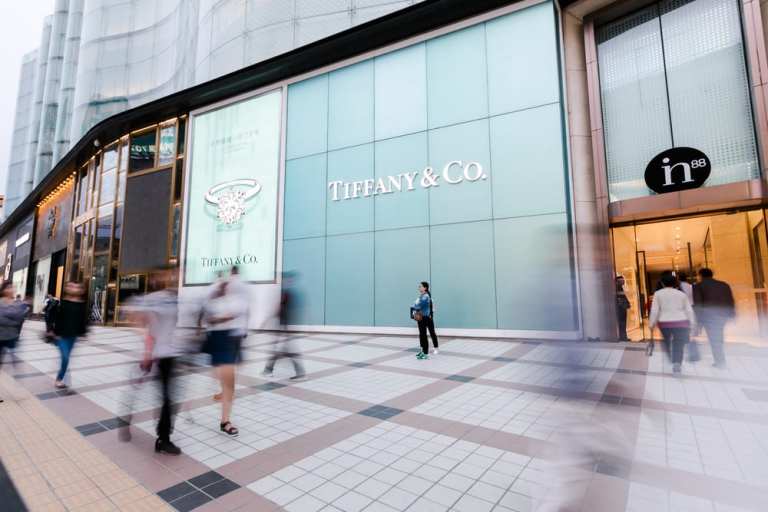In China, Green Shoots For Luxury Spending To Prove Fragile?

Chinese consumers may be starting to open their wallets to buy luxury goods – but it remains to be seen whether the green shoots will blossom.
As reported by Bloomberg on Tuesday (Sept. 22), Boston Consulting Group has estimated that that demand for luxury items could underpin a spending boost on the order of 30 percent as the Chinese economy rebounds.
And yet, overall spending across the luxury industry could shrink by as much as 45 percent through 2020, as other regions and countries – Europe and the U.S. among them – continue to feel the economic impacts of the lingering coronavirus, and as economies reopen in fitful fashion.
For China, the green shoots are there for consumers to buy on the mainland – but green shoots can prove ephemeral.
As reported in this space last week, the country saw retail sales increase for the first time since the pandemic took root. In terms of headline numbers reported by China’s National Bureau of Statistics, retail sales were up 50 basis points in August, as measured year over year – but are down 9 percent year over year as measured to date through 2020.
LVMH, a Paris-based luxury goods provider, saw sales in China jump by 65 percent in the second quarter (Q2) compared to the same period one year ago. In addition, Kering, another Paris luxury goods retailer, saw sales jump 40 percent in mainland China in Q2.
In August, sales of cosmetics were up 19 percent, which boded well for higher-end offerings. Online sales were up a bit more than 13 percent, which is a slower pace than the almost 19 percent growth in this metric that was seen in July. That may imply that at least some sales are shifting to brick-and-mortar locations. But more firmly entrenched evidence of economic growth – chiefly through unemployment (and, thus, wages) – might be needed to cement consumers’ commitment to buy in a sustained fashion.
Along the way, the much-anticipated (and perhaps even imminent) launch of the digital yuan could help spur spending. The central bank is reportedly trialing digital currency to be used in retail settings. As reported, the digital yuan would be fully convertible to bank notes at a one-to-one ratio, and would be used for smaller retail transactions rather than wholesale payments.
This month may offer some telling evidence as to whether the consumer spending surge will stick in China, for higher-end retail and beyond. As noted by the China Global Television Network, September is China’s Consumption Promotion Month. The promotions, jointly organized by the Ministry of Commerce and China Media Group, will open more areas for tourism, open more theaters and offer vouchers geared toward increasing spending. That comes in tandem with a rebound in consumer confidence, as reported by Xinhuanet. Roughly 39 percent of China’s GDP comes from private consumption as estimated by CEIC, so much rides on the willingness to spend.